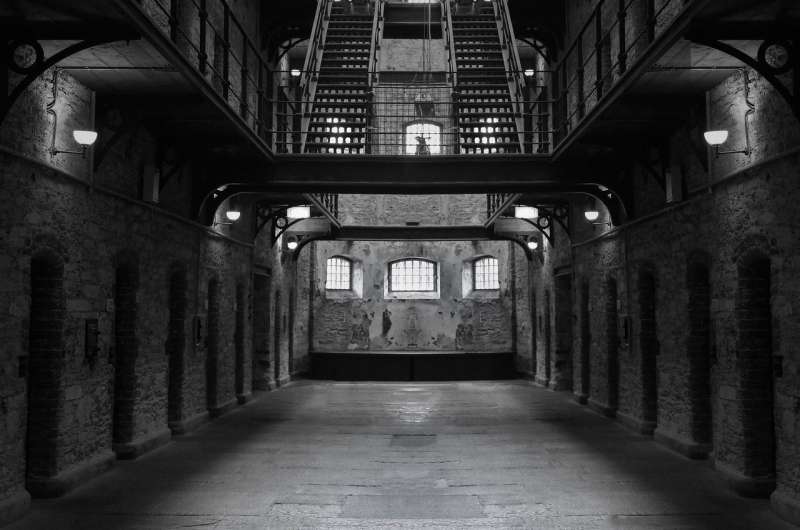
A 90 percent decrease in the number of NHS psychiatric beds is linked to a tripling of the total prison population, new research has revealed.
Scientists at Newcastle University found that between 1960 and 2019 the number of psychiatric beds reduced by 93 percent. And over time, the prison population increased by 208 percent, and the number of female prisoners more than quadrupled.
The research, published in the British Journal of Psychiatry, is the first to analyze almost 60 years of annual data on NHS bed numbers and the prison population in England using time lag analysis.
Integrated services
Experts say the NHS needs to better integrate health services, social care, housing and employment support to break the link between community care and rising rates of imprisonment.
Dr. Patrick Keown, Honorary Clinical Senior Lecturer at Newcastle University, said: “Our study shows that as the number of psychiatric NHS beds available was reduced, then in subsequent years we saw a growth in the size of the prison population.
“We show that cuts in the number of psychiatric beds is associated with more prisoners 10 years later, and this was true for the whole period of 1960 to 2019. For every 100 psychiatric beds that were closed, there were 36 more prisoners 10 years later—three more female prisoners and 33 more male prisoners.
“These findings show that reductions in psychiatric beds may lead to more people being imprisoned. And this is particularly striking for the female prison population.”
The relationship between NHS psychiatric beds and prison numbers, known as the “Penrose hypothesis,” was first proposed in 1939 and subsequently reported in several countries.
This research found the hypothesis held true for the whole period available to study as the number of psychiatric beds fell from 201,275 to 19,389 between 1960 and 2019. Learning disability beds had the largest proportion (98 percent) of bed closures with a reduction of 56,181. Mental illness beds reduced by 125,706 (87 percent).
At the same time, the prison population more than tripled from 26,048 to 80,203 (208 percent). The male prison population increased 204 percent from 25,182 to 76,495; the female prison population increased 328 percent from 866 to 3,708.
Complex reasons
The research by scientists at Newcastle and Sheffield universities shows that the reasons behind the increase in prison numbers are complex and multi-factorial.
Dr. Keown added: “It’s possible that people who would previously have been in hospital are coming into contact with the police and the criminal justice system more frequently when in the community.”
The researchers found that it was also notable that there was a very strong association between reductions in beds for people with intellectual disability and the increase in the prison population.
Dr. Iain McKinnon, Honorary Clinical Senior Lecturer at Newcastle University, said: “We believe that further bed closures, especially secure beds for offenders including those with intellectual and developmental disabilities, and the proposed changes to mental health legislation should be very carefully considered. This is particularly in the light of the potential criminalisation of those with mental health disorders, including mild learning disability or borderline intellectual functioning.”
Source: Read Full Article





